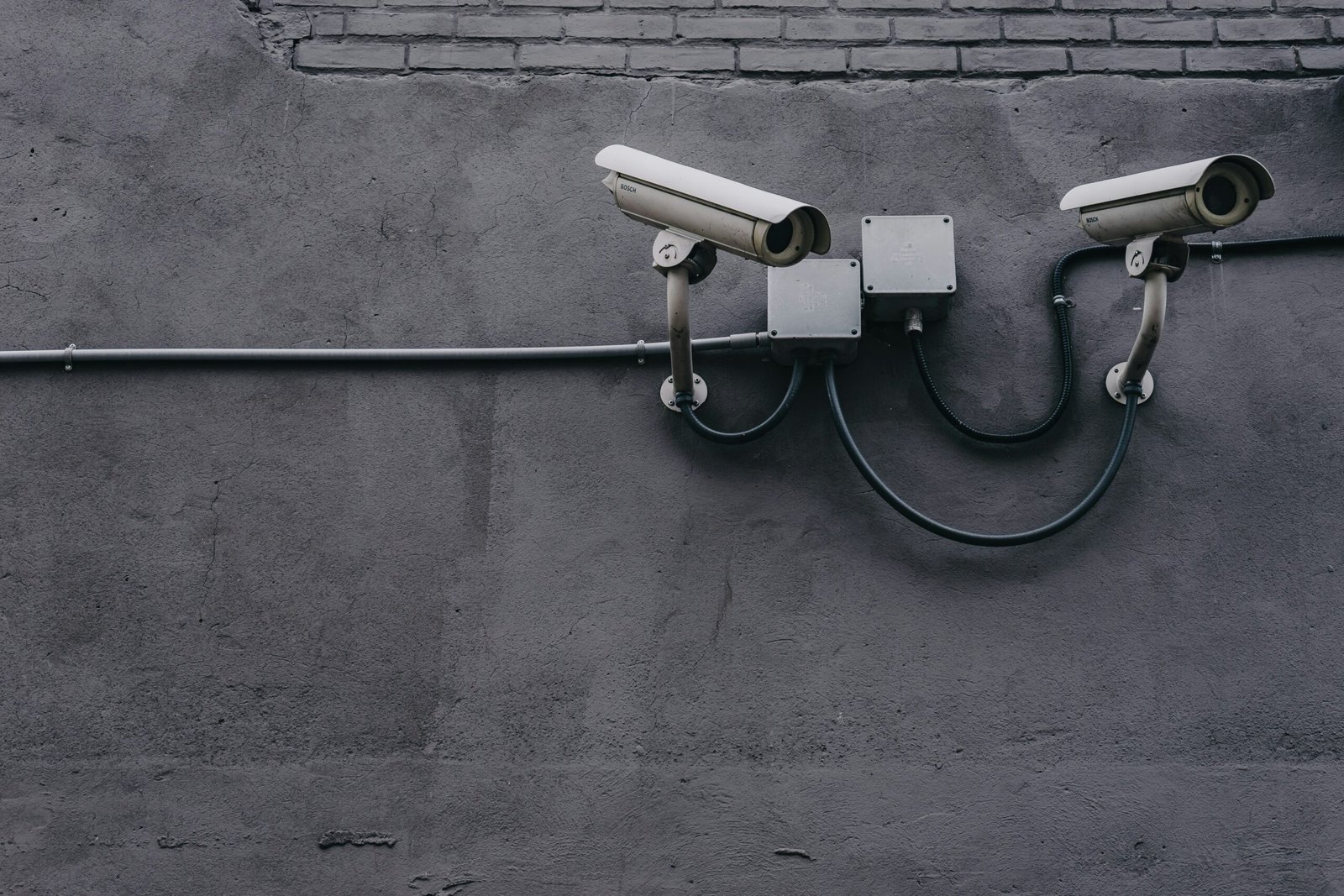Introduction
In today’s digital age, home security systems have become an essential part of ensuring the safety and well-being of our homes and loved ones. With advancements in technology, these systems have evolved to provide not only physical protection but also an enhanced user experience. User interface (UI) and user experience (UX) design play a crucial role in optimizing home security systems, making them more intuitive, efficient, and reliable. In this blog post, we will explore some UI/UX solutions that can bring peace of mind to homeowners.
1. Simplified User Interface
A complex and cluttered user interface can be overwhelming for users, especially in high-stress situations. To optimize home security systems, it is important to design a simplified UI that is easy to navigate and understand. Clear and concise labels, intuitive icons, and logical organization of features can make it easier for users to interact with the system. By reducing cognitive load, homeowners can quickly access the necessary functions and respond effectively to potential threats.
2. Responsive Design
With the increasing popularity of smartphones and tablets, it is essential for home security systems to have a responsive design. A responsive UI/UX ensures that users can access and control their security systems from any device, at any time. Whether they are at home or on the go, homeowners can monitor their property, receive notifications, and take necessary actions with ease. Responsive design enhances the overall user experience and provides a sense of convenience and flexibility.
3. Customizable Alerts and Notifications
Every homeowner has unique security needs and preferences. UI/UX solutions should allow users to customize alerts and notifications according to their requirements. Whether it’s receiving notifications via email, SMS, or push notifications on their mobile devices, homeowners should have the flexibility to choose the most convenient method. Customizable alerts ensure that users stay informed about any potential security breaches and can take immediate action if necessary.
4. Integration with Smart Home Devices
The concept of a smart home is gaining popularity, and integrating home security systems with other smart devices can significantly enhance the overall user experience. UI/UX solutions should facilitate seamless integration with devices such as smart locks, cameras, and motion sensors. This integration allows users to control and monitor their security systems through a central hub or mobile app. For example, users can lock or unlock doors, view live camera feeds, and adjust settings, all from a single interface.
5. Intuitive User Guidance
A well-designed UI/UX should provide clear and intuitive user guidance to ensure users can easily navigate and understand the system’s features. Onboarding tutorials, tooltips, and contextual help can assist users in setting up and using their home security systems effectively. Additionally, error messages and feedback should be informative and actionable, guiding users to resolve any issues promptly. Intuitive user guidance reduces the learning curve and empowers homeowners to make the most of their security systems.
Conclusion
Optimizing home security systems through UI/UX solutions is essential for providing homeowners with peace of mind. Simplified user interfaces, responsive designs, customizable alerts, integration with smart home devices, and intuitive user guidance all contribute to an enhanced user experience. By implementing these solutions, home security systems become more user-friendly, efficient, and reliable. As technology continues to advance, it is crucial to prioritize UI/UX design to ensure that homeowners can easily protect and monitor their homes, ultimately bringing them peace of mind.












Leave a Reply